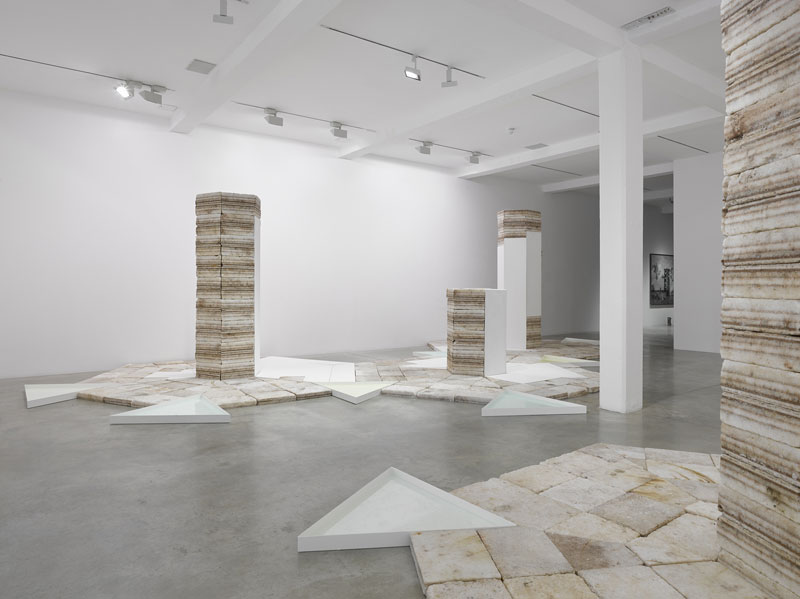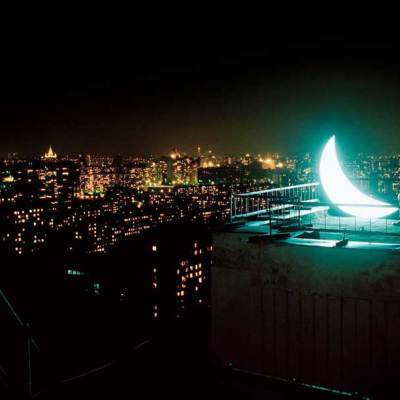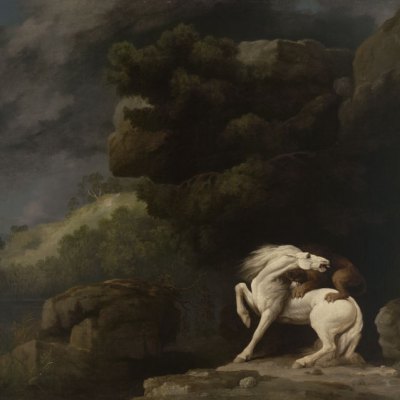The relationship between art and science, ‘The Two Cultures’ once lamented by Charles Percy Snow as mutually uncomprehending fields divided by an unbridgeable gap, seems more robust than ever. Artists’ residencies in scientific institutions, such as those established five years ago at the European Organization for Nuclear Research (CERN), are proliferating. Exhibition spaces dedicated to the intersection of art and science – such as Science Gallery London’s new site, currently under construction at KCL’s campus at Guy’s Hospital, and the gallery at the soon-to-open Francis Crick Institute – are multiplying. Increasing visitor numbers to venues such as the Wellcome Collection testify to a growing public appetite for interdisciplinary approaches where art, science and what it means to be human collide.
That artists engage with scientific themes can be of little surprise at a time when rapidly evolving digital technologies, scientific breakthroughs and the Earth’s ecological fragilities are critical to our lives. Art can be a rich and fertile means for people to engage with such challenging subjects, harnessing emotional sensibilities where explanations on a purely intellectual level may fail.
Julian Charrière’s exhibition ‘For They That Sow the Wind’ is open until 23 March. Courtesy Parasol unit foundation for contemporary art

The themes at the heart of Julian Charrière’s solo show ‘For They That Sow the Wind’ at Parasol unit are certainly daunting: the manmade destruction and depletion of the Earth’s natural resources caused by our hunger for technological advances. The tone is set in the title itself, which is drawn from the dire biblical warning: ‘They that sow the wind shall reap the whirlwind’. Charrière does not oversimplify these subjects; his works are conceptually dense and elaborate, and often require elucidation. This is certainly true of the first of the installations, Future Fossil Spaces, which consists of curious polygonal towers connected by geometric slabs and a number of triangular basins filled with lithium brine. The towers are constructed of salt bricks extracted from deposits in Bolivia – the source of the chemical element lithium which is a key constituent of the batteries that power our electronic devices. The sight did not stir me at the time of my visit: it was only later on, when I pulled out my smart phone, that I was reminded of the environmental cost of the gadget I carried so casually.
One set of curious structures leads to another in the second gallery, where the photographic series Polygon and film Somewhere depict the barren landscape and abandoned buildings of Semipalatinsk in Kazakhstan, where the Soviet Union conducted nuclear tests during the Cold War. The eerie views captured in the photographs are rendered more disturbing by the burnt out, blotched and tainted appearance of the prints, which were submitted to radiation before exposure.
The Blue Fossil Entropic Stories I (2013), Julian Charrière. Courtesy Collection Lars Dittrich, Berlin

The Blue Fossil Entropic Stories in the upper gallery is an equally compelling series, and possesses a fragile, poignant beauty. The large photographs of a tiny figure (Charrière himself) setting a blowtorch to an iceberg, resemble modern day versions of Caspar David Friedrich landscapes, their sublimity tempered by the dark, absurd comedy of Charrière’s action. We Are All Astronauts consists of 13 found globes suspended on wires, whose geopolitical divisions have been sanded away by the artist to create the delicate, pastel-coloured piles of dust on the table below. Tropisme is an installation consisting of several plants known to have existed since the Cretaceous period, shock-frozen and displayed in refrigerated vitrines. The plants (and the patterns of ice that form on the glass) look exquisite, as if they were coated in newly fallen snow; but their artificially suspended state speaks volumes about ephemerality, the passage of time, and humankind’s attempts to dominate the environment.
Art that is instrumentalised purely as a vehicle for science communication is doomed to fail. Art such as Charrière’s that is urgent, powerful and emotionally resonant can make challenging scientific questions relevant and fathomable to all of us.
‘Julian Charrière: For They That Sow the Wind’ is at Parasol Unit, London, until 23 March.
Julian Charrière’s exhibition ‘For They That Sow the Wind’ Courtesy of Parasol unit foundation for contemporary art




